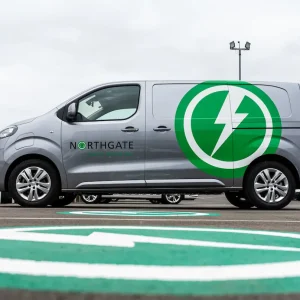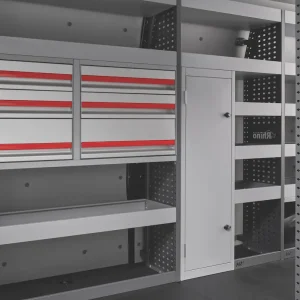The basic premise remains the same; value for money, strength and with a good payload. It’s still a true workhorse, but Nissan has made it more civilised to live with on a day to day basis. As before, Cabstar is available in three wheelbases — short, medium and long — and two gross vehicle weights; 3,400kg (SWB) and 3,500kg. There are, however, now three engine options.
The new 2.5-litre common rail diesel unit is available producing either 110hp or 130hp, with peak torque figures of 250Nm and 270Nm respectively. Both can be specified in SWB, but only the latter in MWB derivatives. The LWB version takes a reworked derivative of the 3-litre engine from the previous model and is now capable of 150hp and develops 350Nm. Short-wheelbase models drive the rear wheels via a five-speed manual gearbox, while MWB and LWB derivatives get a six-speeder.
We are concerning ourselves justwith the Dropside here, but the same information relates to the Chassis Cab (single and double) and Tipper models. Cabstar remains forward control with the engine situated under the cab — tilting in the case of the single cab. The cab has been completely redesigned and the good news is that it is now bigger — 80mm taller and 100mm longer — which means that it’s more suitable for European body sizes.General ergonomics and storage facilities are much improved; it provides a much more comfortable experience for driver and passengers alike.
VERDICT
Cabstar has always been a sturdy workhorse, but Nissan has now managed to make it a great deal more civilised and refined. A job well done.






